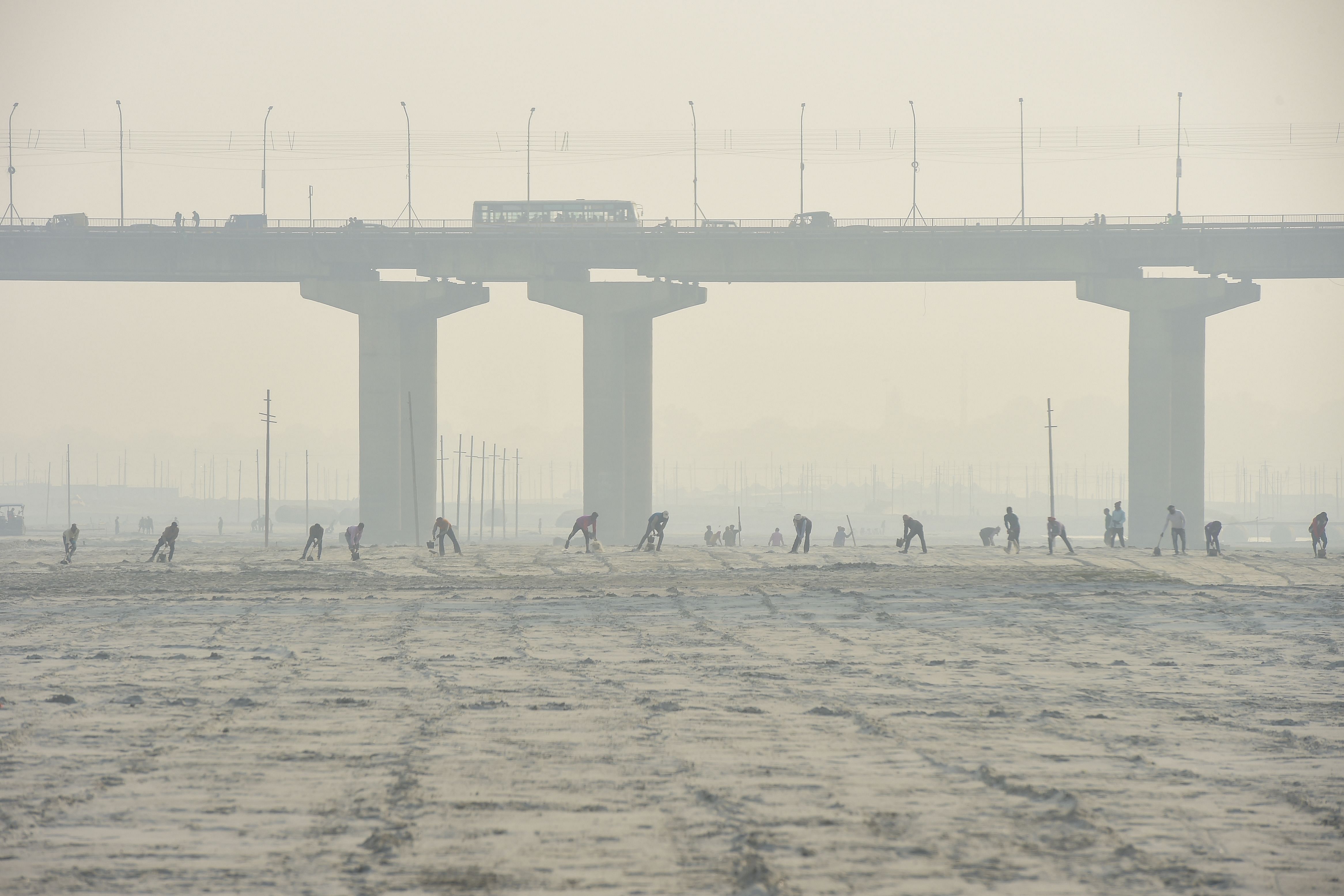
The 2020 amendment to the Karnataka Land Reforms Act, 1961, was introduced on July 13, at a time the entire nation was in lockdown. The key change was the removal of the restriction on purchase of agricultural land by non-agriculturists. This has sparked anger and protests across the state, with farmers groups, workers groups and Dalit organisations coming out on the streets. We analyse the debates in the Assembly to identify the narratives that were used to frame consensus.
The ordinance was tabled in the Assembly and it came to be passed as a legislative amendment to the 1961 Act on September 25. All the provisions from the ordinance were retained, except for the increase in the ceiling limit. We find three threads in the arguments used in the Assembly -- the impetus for financialisation of land, legalisation of illegal land sales, and a pro-nativist tendency.
Curious case of ‘unused’ land
Revenue Minister R Ashok said that there was scope for modernisation of agriculture and especially the entry of educated youth into agriculture. He argued that of the 190.50 lakh hectares of land in Karnataka, 22.07 lakh hectares is uncultivable land. Further, land that is not cultivated but has the potential to be cultivated accounts for 11.79 lakh hectares. These lands are supposedly left fallow due to labour problems, greater education of rural population and their migration to cities. By thus framing the issue as one of inefficient use of fallow land, the minister argued for enabling sales of these lands to non-agriculturists.
It is well established that so-called fallow land is nothing but commons and grasslands that are used for grazing of cattle and collection of resources by villagers. The arguments of inefficient use are thus misplaced. Further, it is high time that the government addressed the wellbeing and livelihood of farmers and landless villagers instead of reducing the issue to the efficient use of land. Focusing solely on efficiency of land-use treats land as a financial asset rather than what it actually is for villagers: a source of livelihood.
Tied up in knots
It was repeatedly argued by minister Ashok that sections 79A and 79B of the Karnataka Land Reforms Act had failed in their purpose and were widely misused in practice. The Congress government had constituted a committee to assess the working of the Karnataka Land Reforms Act in 2014, finding that rather than curbing sales of land to non-agriculturists, these sections enabled authorities to indulge in rampant corruption. The minister stated that 1,76,199 acres of land were in dispute under sections 79 A, B, and C. The solution proposed to this conundrum was giving retrospective effect to the 2020 amendment, thus legalising all hitherto illegal land sales in one go.
A pro-Kannadiga opposition
The main concern of opposition leader H D Kumaraswamy was with regard to non-residents buying agricultural lands in Karnataka, as had been the case in Ballari following the Tungabhadra project.
Leader of the opposition Siddaramaiah argued that the amendment was being introduced as the government had succumbed to pressures from the corporate and housing sectors. Siddaramaiah presented data obtained from the additional secretary of the Revenue department that 13,814 cases were pending before Tahsildars for violation of Sections 79A and 79B.
The number of cases around Bengaluru exceed those in any other district in the state, indicating that the purpose of such land sales is likely to be speculative and for non-agricultural purposes rather than the stated goals of reviving agriculture.
Assuming that sales of agricultural land by farmers were inevitable, opposition member H K Patil suggested that the sale value of agricultural land be determined appropriately. This is particularly important in sectors such as mining, wind energy, solar energy and tourism. He argued that it is eventually agricultural land that gets converted for generation of wind and solar energy, particularly in districts such as Gadag. Thus, even the opposition members were in agreement with the government that the amendments were not being made for the encouragement of the agricultural sector and if farmers were to be protected, they should get appropriate value for their land. At no point was it discussed if sales of agricultural land would have differential impacts on small and marginal farmers, Dalits, Adivasis and women in the state.
Only one member, N Mahesh, opposed the amendment entirely on the grounds that it would adversely impact Dalits. He argued that only 10% of SC/ST were landholders, and the government had not taken any action towards distribution of land to them since Independence. The 2020 amendment would only further landlessness among these communities. However, in response, Chief Minister Yediyurappa said there were adequate safeguards regarding transfer of lands granted to SC/ST under the Karnataka Scheduled Castes and Scheduled Tribes (Prohibition of Transfer of Certain lands) Act (PTCL) 1978. He failed to address how successful the PTCL was in lieu of judgments of the Supreme Court that watered down the provisions by setting time limits for reclaiming lands lost by SC/ST households.
The entire proceedings seemed as if the government and the opposition were in favour of the amendment to the Land Reforms Act. The Assembly was silent about the extent of lands that were being held by different communities, and the extent of landlessness among Dalits, Adivasis and Muslims in rural Karnataka. Only one member raised the issue of landlessness among Dalits and Adivasis and even his concerns were brushed off. This is not surprising, given that the Assembly is dominated by dominant caste men.
(Kunale is an advocate with the Alternative Law Forum, Bengaluru; Iyer is a researcher at the French Institute of Pondicherry)